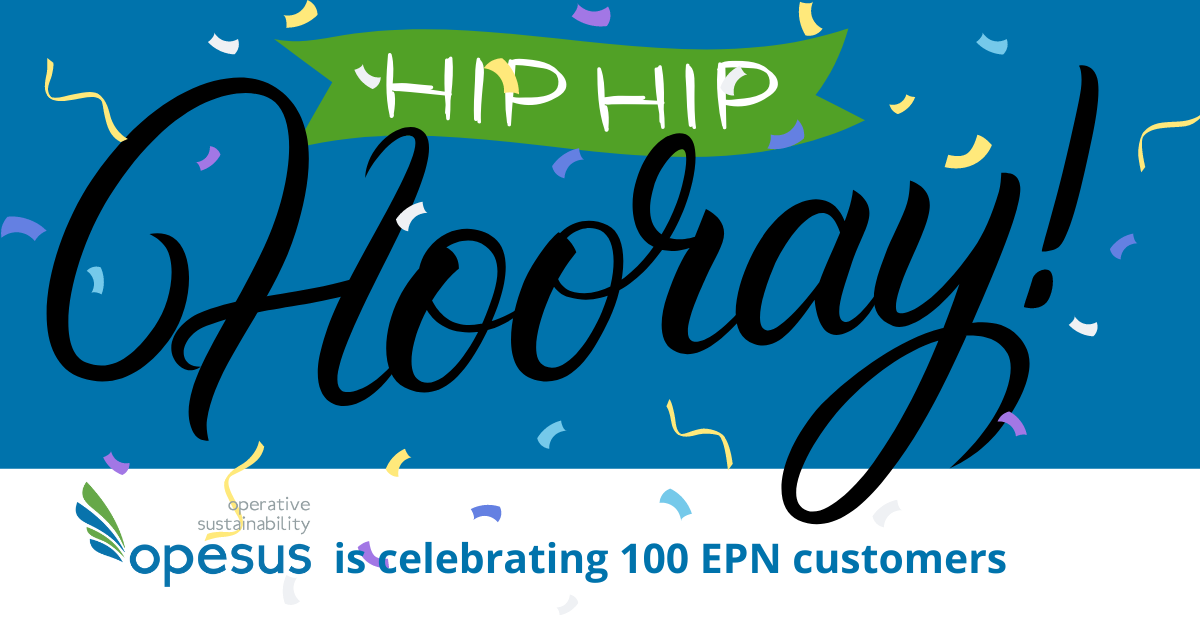ChemAcademy - CLP Art. 45 and Beyond

On the 2nd and 3rd of May 2022, opesians Markus Pogrzeba and David Köhler led the ChemAcademy virtual workshop about CLP Art. 45 and beyond. On the second day, Sarah Hottenroth joined in as moderator and co-creator for the interactive World Cafe.
Day 1: CLP Art. 45 Annex VIII and Swiss Product Notifications
The focus topics of the first day were CLP Art. 45 Annex VIII as well as notification obligations in Switzerland.
Dr. Dag Kappes from the Swiss BAG shared details about notification obligations in Switzerland. This was a good start for David's presentation where he compared the requirements in Switzerland to the ECHA Poison Centres Notification. He additionally provided guidance for the harmonization of notifications.
 Ms. Dr. Carola Seidel from the Poisoning Information Center of the Bonn University Clinic explained the importance of the availability of high-quality data. Product identification and history of changes must be readily available to provide fast and reliable emergency services. Ms. Dr. Seidel shared some examples of insufficiently notified products. In extreme cases, the emergency responder must inquire about product details by contacting the producer, which is a time-consuming process. In an emergency, every second counts. Thus, data that is insufficient in quality can be highly problematic for a patient's wellbeing.
Ms. Dr. Carola Seidel from the Poisoning Information Center of the Bonn University Clinic explained the importance of the availability of high-quality data. Product identification and history of changes must be readily available to provide fast and reliable emergency services. Ms. Dr. Seidel shared some examples of insufficiently notified products. In extreme cases, the emergency responder must inquire about product details by contacting the producer, which is a time-consuming process. In an emergency, every second counts. Thus, data that is insufficient in quality can be highly problematic for a patient's wellbeing.
Dr. Sebastian Pfeifer from the German Federal Institute for Risk Assessment (BfR) also addressed the lack of quality and possible data maintenance issues of PCN dossiers. As Germany's appointed body, the BfR retrieves the Poison Centers Notifications from ECHA and distributes the information to the national Poison Centres in Germany. The BfR conducts an additional validation check on the data (on top of the validations ECHA does). That way, the authorities can identify potential issues, for example, multiple-level mixture-in-mixtures (MiM) which are not resolved or inconsistent classification and labeling information.
Using opesus EHS Product Notification, our customers (and in the end, Poison Centres) benefit from extensive data validations within SAP. With the opesus EPN validation rule framework, customers can even implement additional checks on top of the standard rules like ECHAs business and quality rules. The upcoming EPN release will help further improve dossier quality by adding the IUCLID value lists of corresponding notification formats for validation. While submitting incorrect dossier data was prevented all along, this improvement will help users to correct dossier data even more efficiently.
Mr Jörg Kowski of Klüber Lubrication München SE & Co. KG shared his experiences submitting thousands of dossiers to ECHA. He also brought up the importance of using automation and a system-to-system connection to handle such workloads efficiently. Mr. Kowski also mentioned that the built-in validations in opesus EPN significantly improve the dossier quality at Klüber.
Day 2: Beyond PCN - Other Product Notifications
Product notification obligations beyond Poison Centres Notifications were covered on day two, such as C&L notifications and international obligations like in the UK, Turkey, or Korea.
Participants learned more about the different regulatory requirements and potential ways to harmonize their notification processes.
EPN - Support for C&L Inventory Notification
Customers relying on opesus EPN to handle Poison Centres Notifications to ECHA and submissions to the Swiss BAG will be able to cover another notification obligation with the upcoming release of EPN 4.4: Notifications to ECHA's C&L Inventory. Leveraging EPN's process automation, customers will be able to submit data to the C&L inventory for substances placed on the market in the European Economic Area (EEA) fully automated (in a future release).
During the interactive World Cafe session, participants could use all the knowledge from previous presentations and working sessions to develop ideas on implementing product notification strategies successfully. The World Cafe session allowed participants to interact and discuss in smaller groups. After the sessions, the different groups shared their findings with the other participants. It was interesting that all groups came to the same conclusions.
 To implement a successful product notification strategy, one must:
To implement a successful product notification strategy, one must:
- Ensure the compliance requirements are understood and prioritized accordingly in your company
- Enhance supply chain communication
- Automate and harmonize the notification process
Leveraging intelligent tools such as opesus EHS Product Notification, it is possible to automate notification obligations according to CLP Art. 45 (PCN and C&L) or the Swiss ChemO. Thus, freeing up resources for other tasks.
Contact us to learn more about notification obligations covered by opesus EHS Product Notification!


